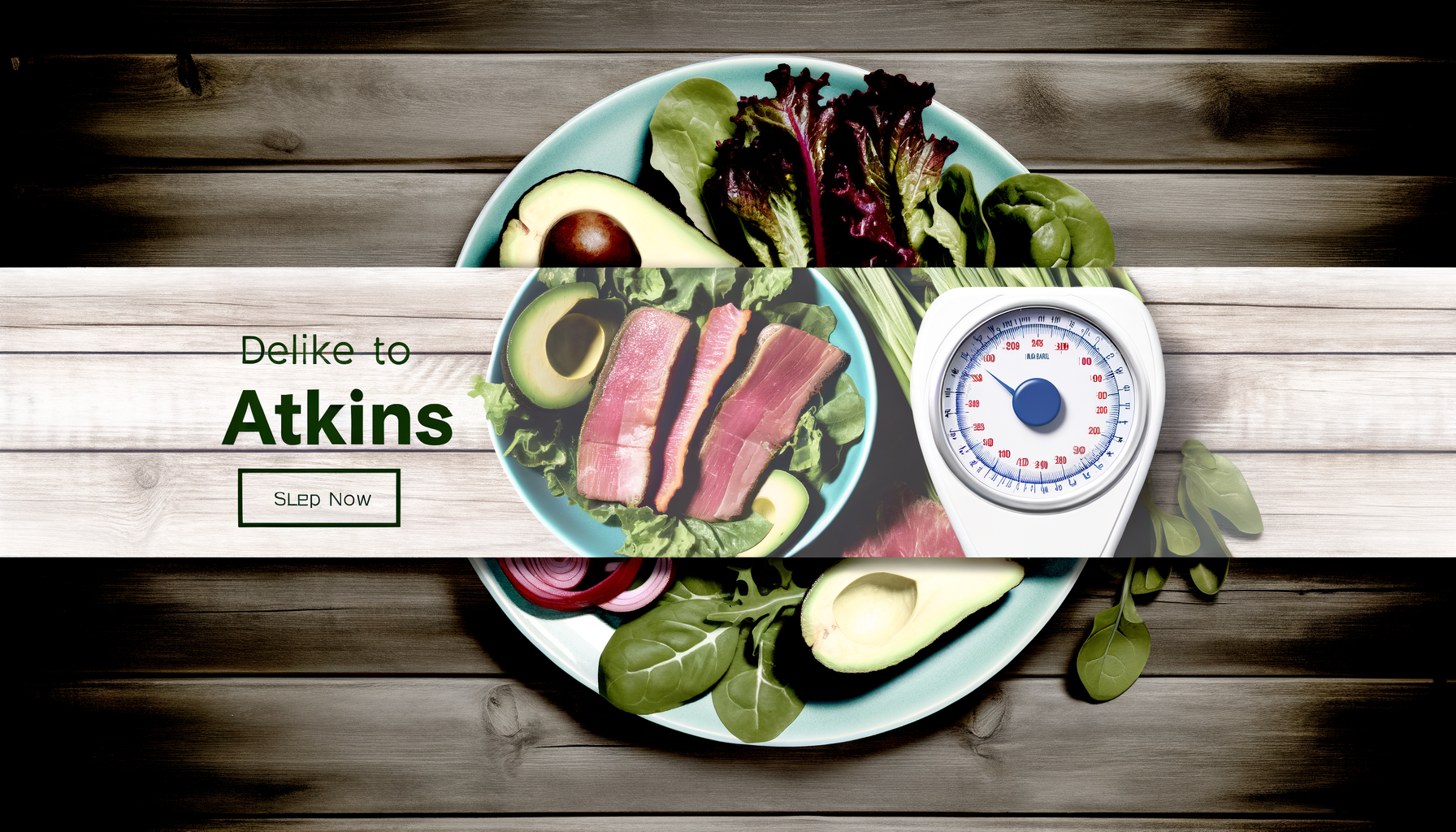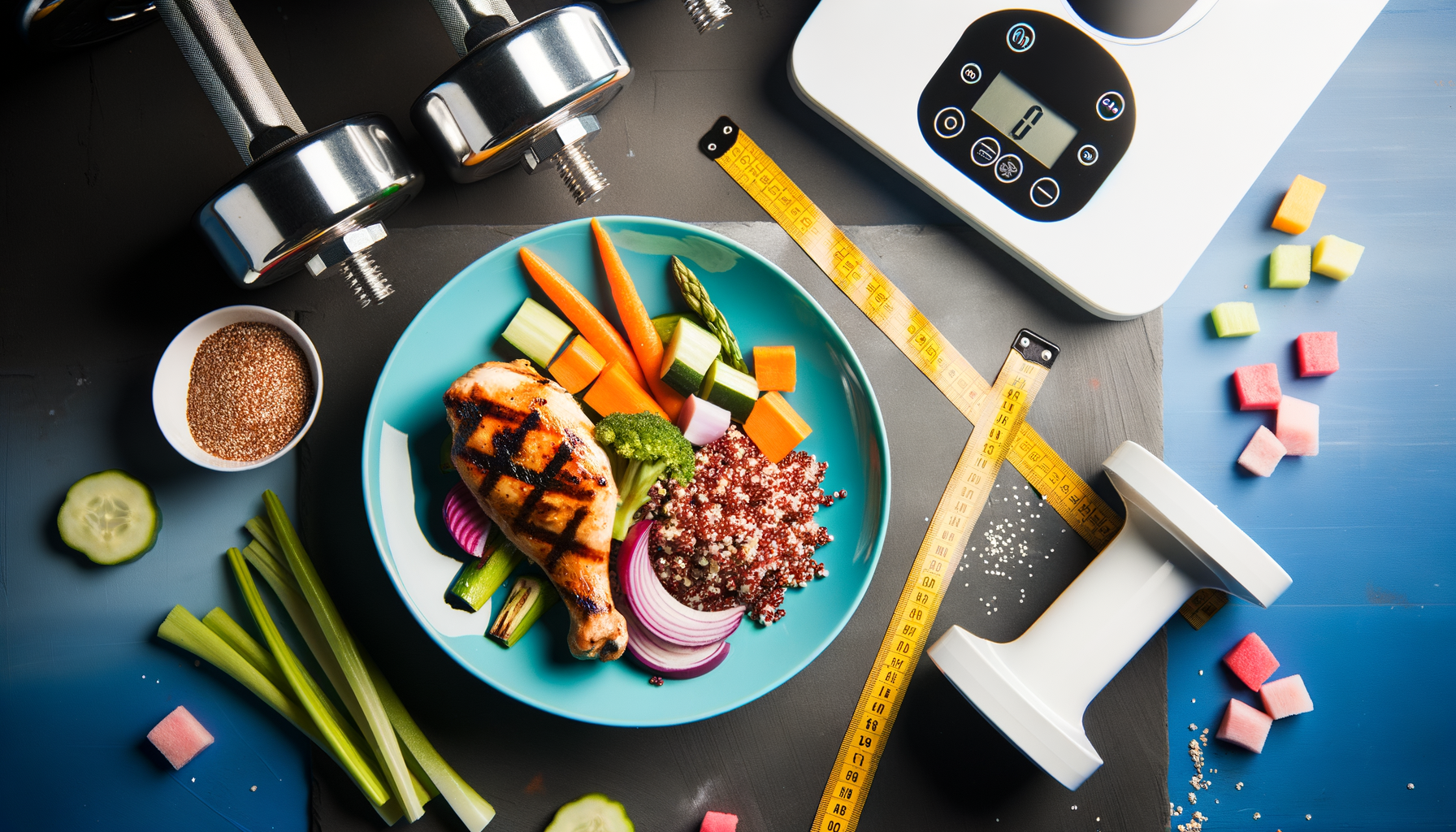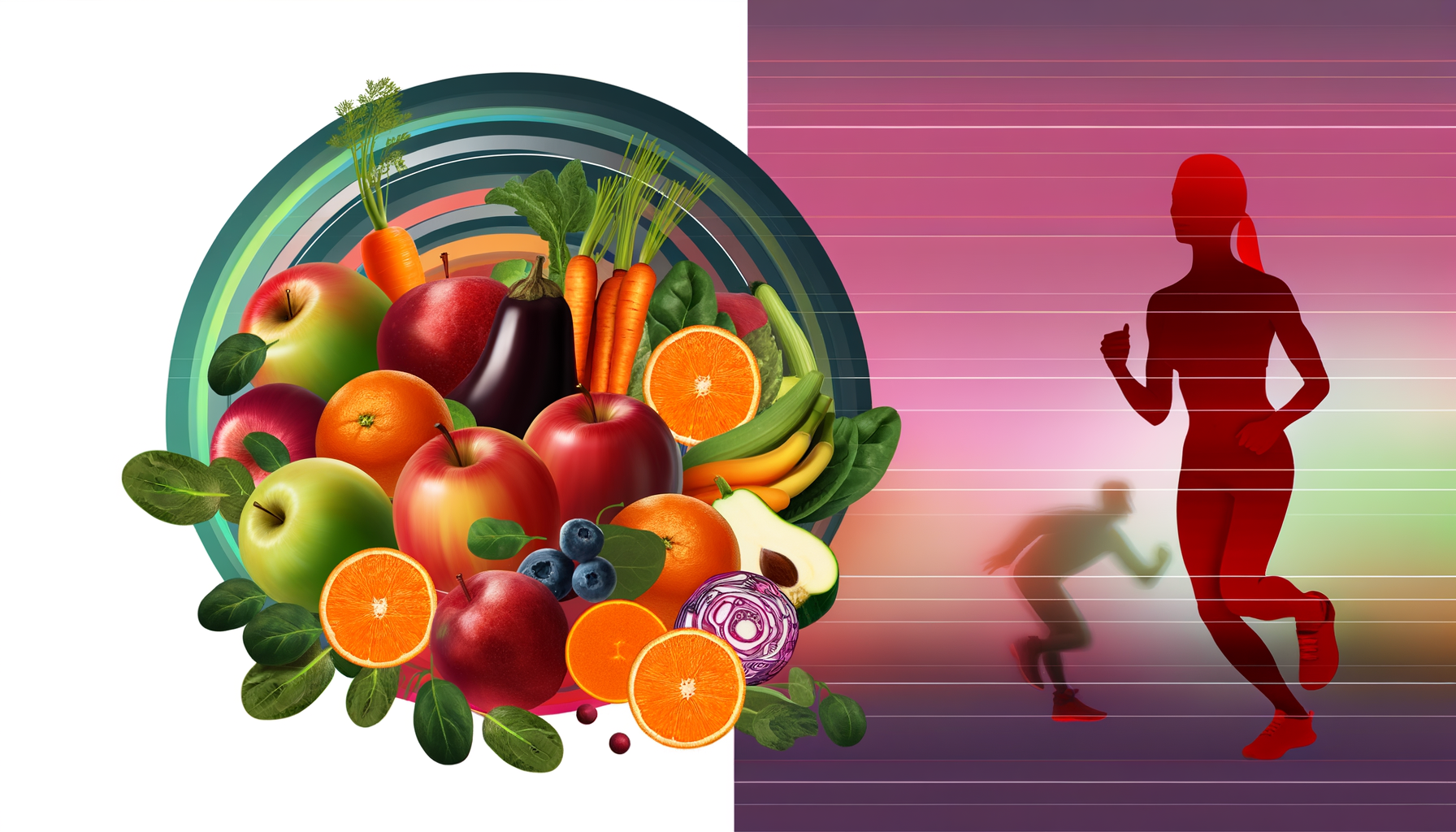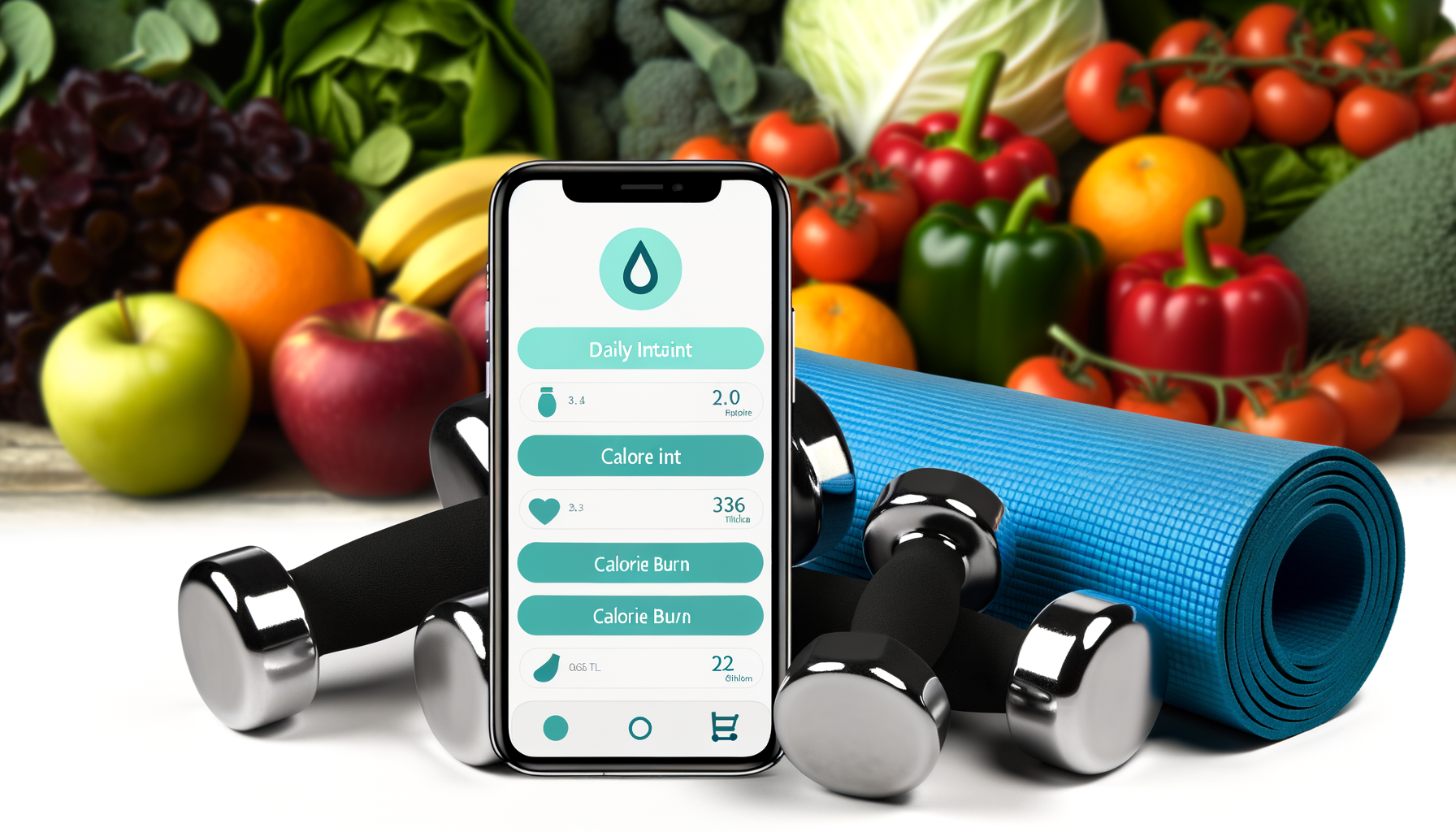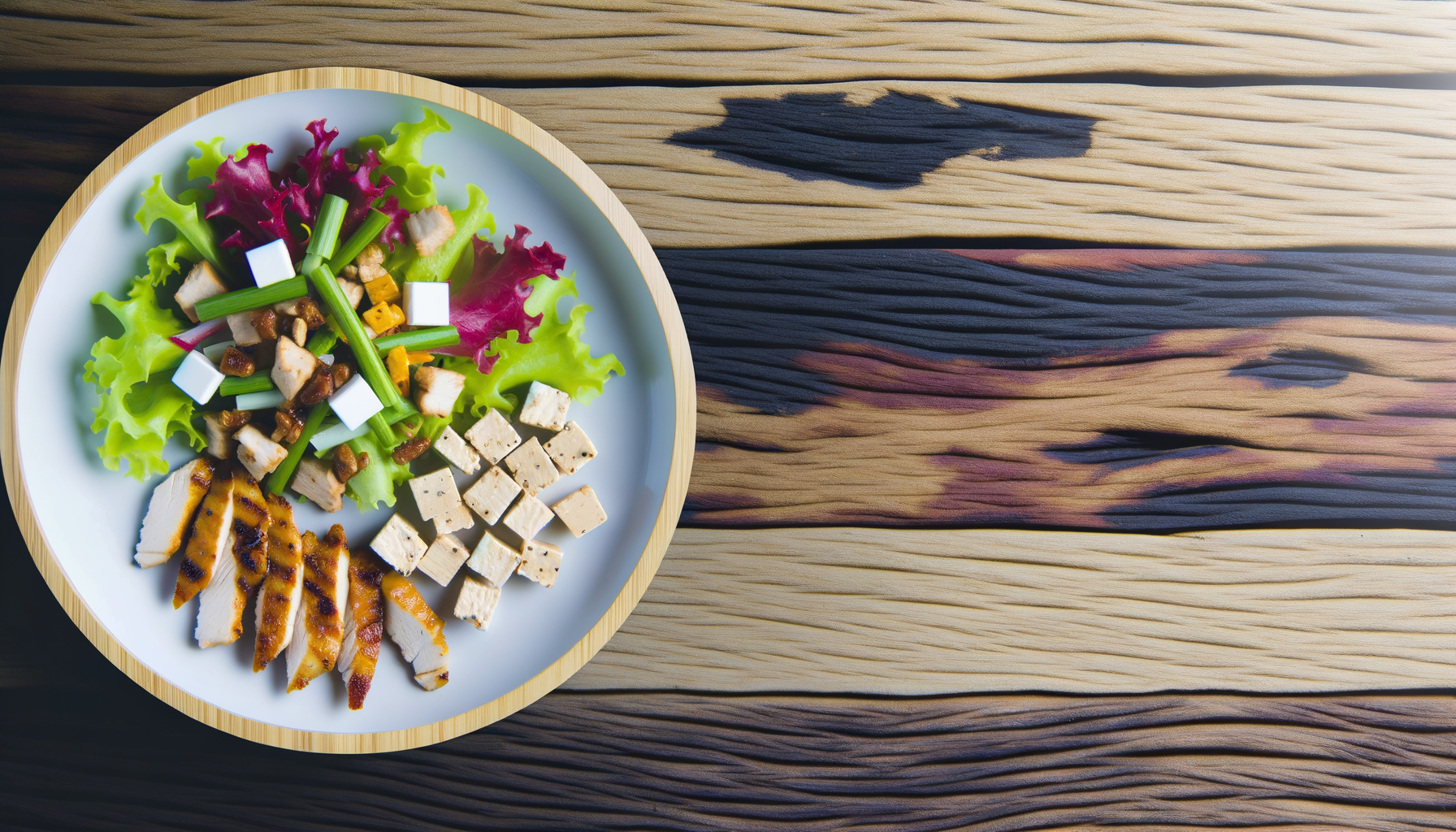Using Calorie Data to Optimize High-Intensity Interval Training
Unlocking the Full Potential of HIIT with Calorie Data
High-Intensity Interval Training (HIIT) has become a staple in the fitness world due to its effectiveness in improving cardiovascular health, boosting metabolism, and enhancing fat loss. However, to truly optimize your HIIT workouts, understanding and utilizing calorie data is crucial. Here’s how you can leverage calorie data to take your HIIT sessions to the next level.
The Science Behind HIIT and Calorie Burn
HIIT involves short bursts of high-intensity exercise followed by brief periods of rest or low-intensity exercise. This method is highly efficient in burning calories both during and after the workout. The "afterburn" effect, also known as excess post-exercise oxygen consumption (EPOC), means your body continues to burn calories at an elevated rate even after you've finished your workout.
For example, a study showed that HIIT can burn 36.34% more calories than moderate-intensity continuous training (MICT) while requiring significantly less time. This makes HIIT an excellent choice for those looking to maximize their calorie burn in a shorter amount of time.
Pre-Workout Nutrition and Calorie Intake
Proper nutrition before a HIIT workout is essential for optimal performance and calorie burn. Consuming complex carbohydrates and a moderate amount of protein pre-workout provides the necessary energy and supports muscle preservation. Carbohydrates serve as a readily available energy source, while proteins aid in sustained energy and muscle preservation.
For instance, a meal rich in complex carbs like whole grains, fruits, or vegetables, combined with a source of protein such as lean meats, eggs, or legumes, can help fuel your intense workout sessions.
Calorie Data and Workout Optimization
Using calorie data can help you tailor your HIIT workouts to achieve specific fitness goals. Here are some ways to optimize your workouts using calorie data:
Set Caloric Goals: Determine how many calories you want to burn per session based on your fitness goals. For weight loss, you might aim to burn a certain number of calories above your maintenance level. Tools like the WP Calorie Calculator can help you estimate the calories you'll burn during different types of workouts, including HIIT[4>.
Adjust Intensity and Duration: Calorie data can help you adjust the intensity and duration of your HIIT sessions. For example, if you find that you're not burning enough calories during your current routine, you might increase the intensity or add more intervals. Studies have shown that even short, high-intensity workouts can be as effective as longer, moderate-intensity workouts[4>.
Monitor Progress: Tracking the calories burned during each workout allows you to monitor your progress over time. This can be motivating and help you stay consistent with your fitness routine. You can use fitness trackers or apps that integrate with tools like the WP Calorie Calculator Plans to track your calorie burn and other fitness metrics.
Post-Workout Recovery and Nutrition
After a HIIT workout, proper recovery and nutrition are critical to support muscle repair and replenish energy stores. Consuming a balanced meal or snack that includes carbohydrates and protein within 30-60 minutes post-workout can help in recovery and muscle repair. This is also a time when your body is most receptive to nutrient uptake, making it an ideal time to refuel.
For example, a post-workout smoothie with protein powder, fruits, and nuts can provide the necessary nutrients to aid in recovery and support muscle growth.
Real-World Examples and Case Studies
Several studies and real-world examples illustrate the effectiveness of using calorie data to optimize HIIT workouts. A study comparing HIIT to MICT found that HIIT resulted in similar weight loss but greater improvements in cardiorespiratory fitness over a shorter period. This was achieved by carefully monitoring and adjusting the calorie expenditure during the HIIT sessions.
In another example, obese individuals who underwent 12 weeks of HIIT experienced significant weight loss and improvements in body composition, which was partly attributed to the careful planning and monitoring of calorie intake and expenditure during the workouts[4>.
Future of HIIT: Evolving Workouts and Holistic Fitness
The future of HIIT involves integrating it with other forms of training to create a holistic fitness approach. Combining HIIT with ongoing endurance training can provide a comprehensive workout that enhances both aerobic capacity and muscular endurance. This hybrid model can be optimized using calorie data to ensure that the energy expenditure aligns with the individual's fitness goals.
Additionally, future HIIT workouts are likely to target different muscle groups, ensuring a balanced and full-body approach. This variation can be planned using calorie data to ensure that the workout intensity and duration are adjusted accordingly to meet the desired calorie burn and fitness outcomes.
Conclusion and Next Steps
Using calorie data to optimize your HIIT workouts is a powerful way to enhance your fitness journey. By understanding how many calories you burn during different types of workouts, adjusting your nutrition accordingly, and monitoring your progress, you can achieve better results and maintain long-term health and fitness goals.
If you're looking to integrate calorie data into your HIIT routine, consider using tools like the WP Calorie Calculator to estimate your calorie burn and plan your workouts effectively. With the right approach, you can unlock the full potential of HIIT and achieve your fitness goals more efficiently.



